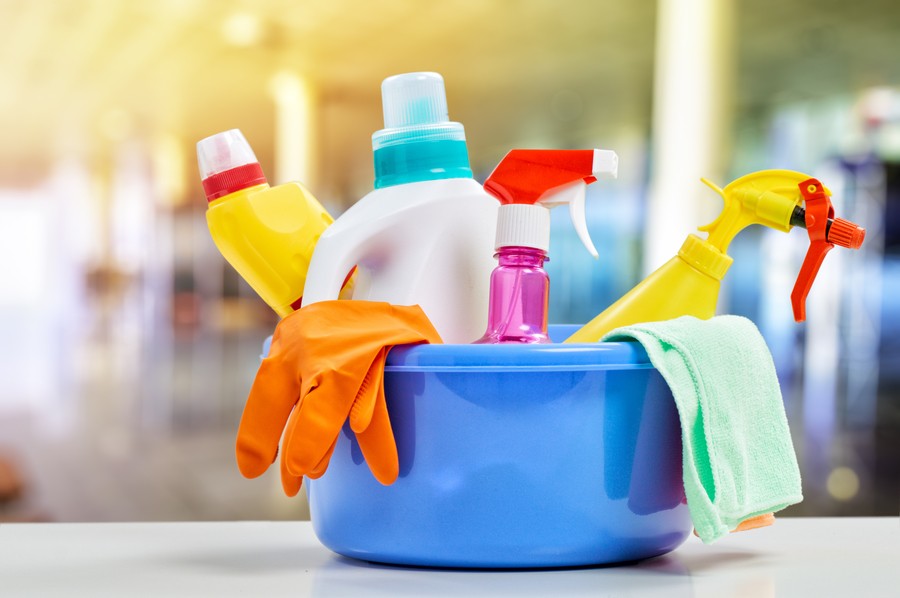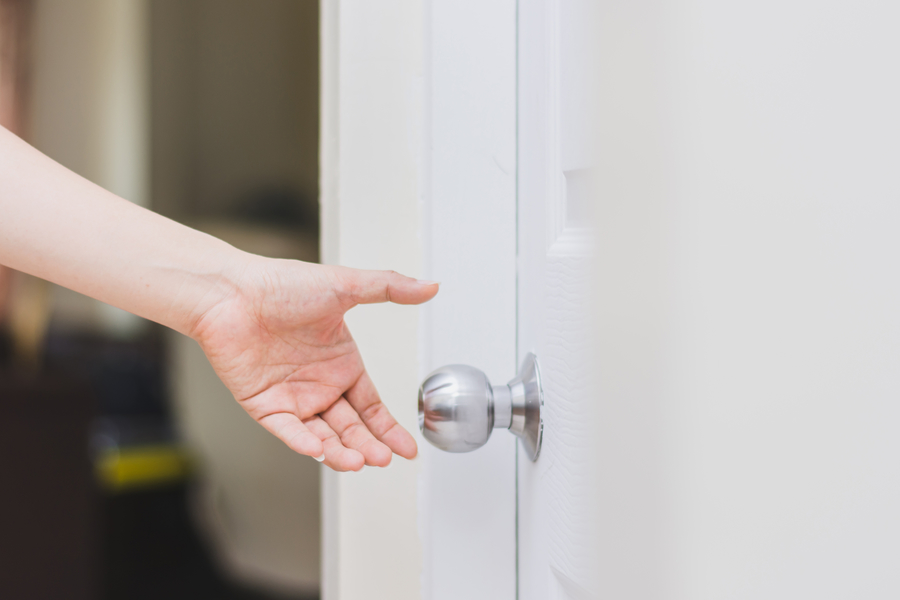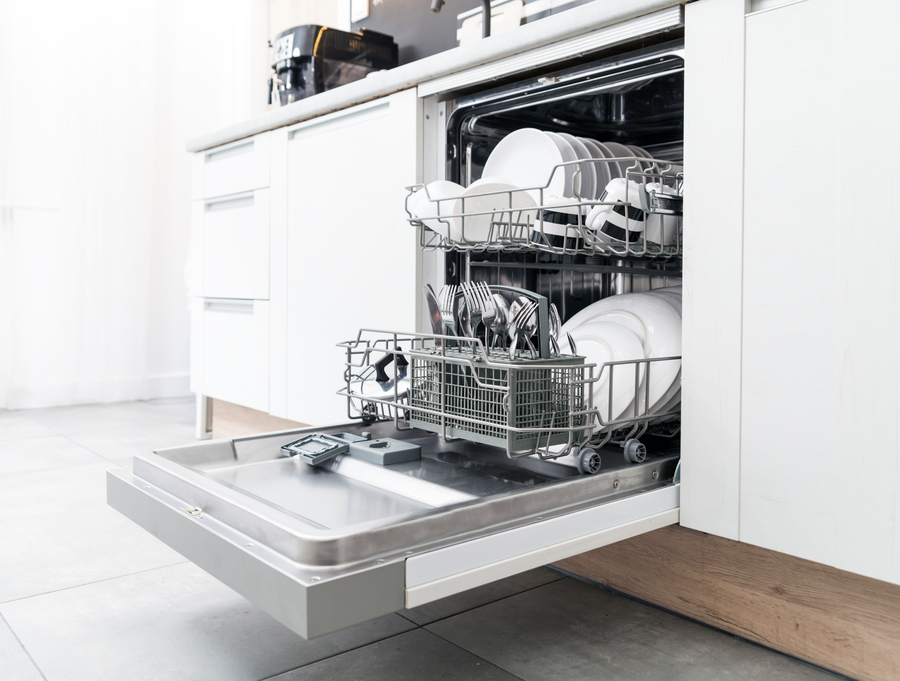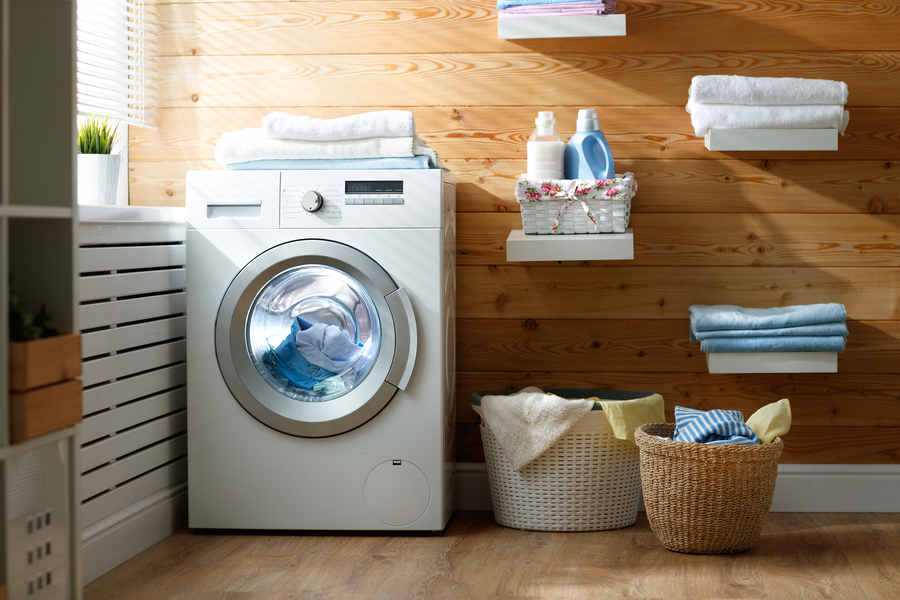I WANT
RELATED LINKS
I WANT
RELATED LINKS
RELATES LINKS
I WANT
RELATES LINKS
Services
Related Links
Use and Management of Cookies
We use cookies and other similar technologies on our website to enhance your browsing experience. For more information, please visit our Cookies Notice.
- Personal Banking
- Stories & Tips
- Home & Car
- Deep clean your house to keep COVID-19 away
- Personal Banking
- ...
- Deep clean your house to keep COVID-19 away
Deep clean your house to keep COVID-19 away
31-03-2020
Nothing is wreaking havoc on our daily lives quite like COVID-19 right now. Even if you are healthy, the fear of being infected at any moment can make you feel germophobic as you realize that a single cough or sneeze contains respiratory droplets that can contaminate any surface. The risk is greater if you are less than 1.8 meters (approximately 6 feet) away from an unwell person. Therefore, everyone needs to pay more attention to the cleanliness of buildings and houses to keep bacteria and viruses at bay. Today we have some useful tips about deep cleaning your house to remove germs and give you peace of mind.
Cleaning versus sanitizing
Actually, these two terms are very close. The purpose of cleaning is to remove undesirable germs, dirt, and impurities from surfaces or objects. Sanitizing usually involves the use of chemicals to kill germs on surfaces. Pre-cleaning is a great help in making disinfectants work more efficiently.
Virus survival on surfaces
To date it has not been confirmed how long the coronavirus will survive on various surfaces, but it is probably from a few hours up to one day. The duration depends on weather conditions, humidity, and surface type.
Riskiest surfaces for the virus
It is really very difficult to judge. Pathogen droplets may spread to any nearby surface when a sick person coughs or sneezes without covering their mouth or wearing a mask. More importantly, our hands can also carry germs from one place to another. As a result, germs can be found on any regularly touched surface. Practically anything in your house that you touch can expose you to germs, including remote control units, mobile phones, refrigerator handles, door knobs, faucets, light switches, kitchen utensils, and much more, all putting your health at risk.

Cleaning products
Viruses actually have a fragile structure. They can be killed by heat or common cleaning chemicals such as detergent, soap, dishwashing liquid, or bleach. If you are using bleach for cleaning, you can mix 1/3 cup of bleach per gallon of water. You must wear disposable gloves when cleaning and a disinfectant can be used afterward for added peace of mind.

Disinfect surfaces to keep viruses at bay
Any surface that may be contaminated with germs and viruses can be cleaned using the common household cleaning agents mentioned above with dry or wet tissues or a mop. If you use a cloth to mop the floor, it must be washed immediately after cleaning. Normal laundry detergent can kill viruses, but you must be careful by washing your hands thoroughly with soap or alcohol gel after taking off your gloves. Do not use your hands to touch your eyes, nose, or mouth while cleaning. To avoid moving the virus from one place to another, you should follow an S-shaped pattern when cleaning surfaces.
Utensils
If possible, rinse your utensils with hot water and regular dishwashing detergent. It would be even better if you use a dishwasher, as hot water and heat are used in the cleaning and drying process.

Laundry
Clothes, towels, and linen that are exposed to germs should be washed using hot water and tumbled dry or hung out to dry. Be careful to put your clothes into the washing machine right away to avoid spreading germs, and wash your hands after touching any unwashed laundry.

Prevention is the key
Various surfaces can spread germs. Therefore, preventing these surfaces from hosting germs in the first place is key. Wear a mask to prevent spreading germs when coughing or sneezing, or use a tissue to cover your mouth if you must cough or sneeze while not wearing a mask. If you don’t have a tissue, cough or sneeze into your elbow. Wash your hands immediately after coughing or sneezing. Even if you don’t cough or sneeze, washing your hands often is essential. The recommended method is to wash your hands with soap for at least 20 seconds. If you use hand sanitizer, it must be alcohol-based and contain at least 70% alcohol. Always clean your hands after coughing, sneezing, blowing your nose, going to the bathroom, playing with pets, eating, or before taking care of babies or the elderly.
References
https://www.cdc.gov/coronavirus/2019-ncov/prepare/cleaning-disinfection.html
https://www.nzherald.co.nz/lifestyle/news/article.cfm?c_id=6&objectid=12318832
https://www.bbc.com/future/article/20200317-covid-19-how-long-does-the-coronavirus-last-on-surfaces
